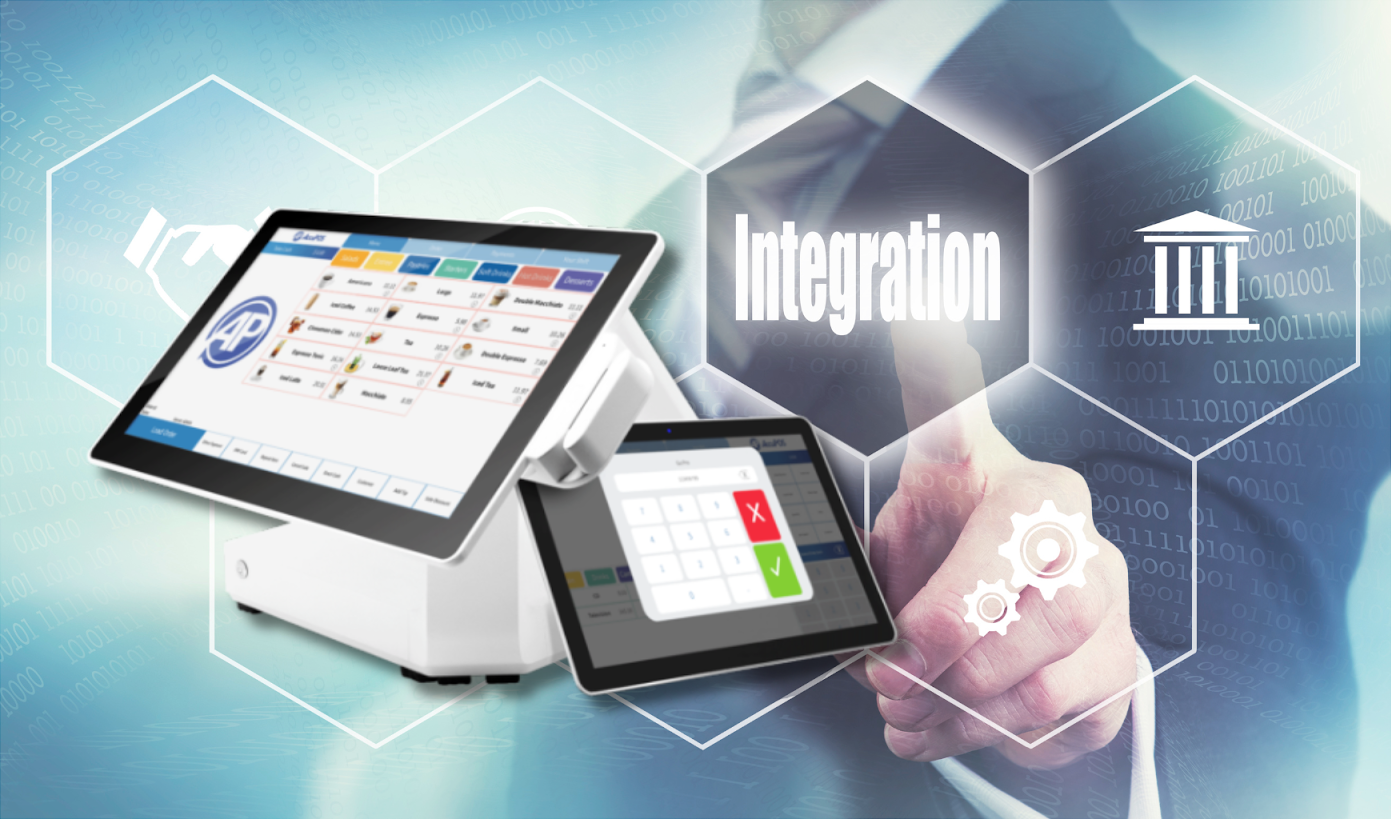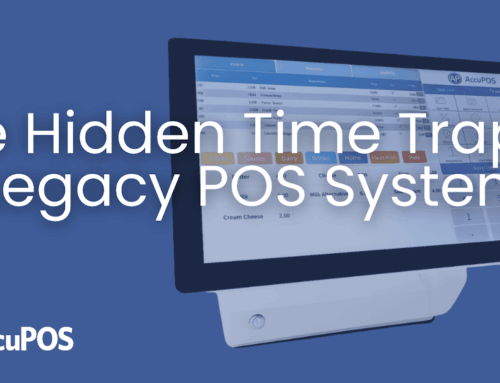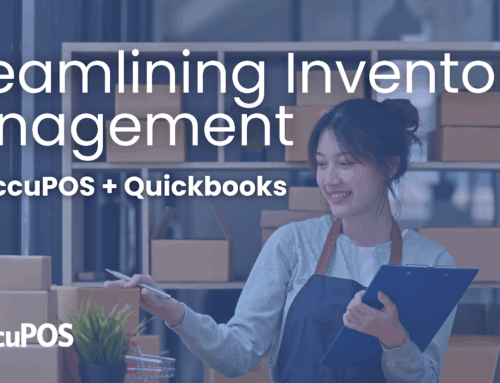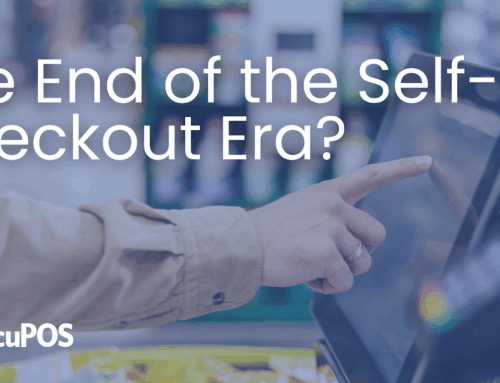Efficiency and accuracy are crucial for success in any business. One of the smartest investments a business can make is integrating its Point-of-Sale (POS) system with accounting software like Sage or QuickBooks. This integration can significantly enhance financial management, streamline operations, and simplify tax compliance, ultimately boosting your bottom line.
According to a study by the National Retail Federation, businesses that automate their financial processes reduce accounting errors by up to 30% and improve overall efficiency by 20% (https://nrf.com). If you’re still manually transferring data between your POS and accounting software, it’s time to rethink your approach. Let’s explore three major benefits of this powerful integration.
1. Improved Financial Accuracy and Reduced Errors
Eliminate Human Errors
One of the biggest risks of manual data entry is human error. Typos, misplaced decimal points, and forgotten transactions can all lead to inaccurate financial reports, incorrect tax filings, and even potential compliance issues. An integrated POS and accounting system automates the transfer of sales data, eliminating these costly mistakes.
A survey by Accounting Today found that 82% of small business owners who switched to automated accounting systems reported fewer errors in their financial reporting (https://www.accountingtoday.com).
Real-Time Data Syncing
With an integrated system, every sale is automatically recorded in your accounting software in real time. This means you always have an up-to-date view of your revenue, expenses, and cash flow. You no longer need to wait for end-of-day reconciliations to understand your business’s financial standing.
More Accurate Profit & Loss Statements
Having real-time, error-free data ensures that your profit and loss (P&L) statements are always accurate. This allows business owners to make data-driven decisions, adjust pricing strategies, and optimize expenses with confidence.
2. Enhanced Operational Efficiency & Time Savings
Save Time on Data Entry
Manually transferring sales data to accounting software can take hours every week. According to a study by Small Business Trends, business owners spend an average of 10 hours per month manually entering financial data (https://smallbiztrends.com). Automating this process allows you to reallocate valuable time to more strategic business activities, such as customer service, marketing, and expansion.
Streamlined Payroll Processing
For businesses that process payroll within their accounting software, an integrated POS system ensures that employee hours and wages are recorded accurately. This reduces payroll discrepancies and ensures that employees are paid correctly and on time.
Optimized Inventory Management
An integrated system also improves inventory tracking. When a sale is made, your POS automatically updates inventory levels in your accounting software. This helps in:
- Preventing stockouts and lost sales
- Reducing overstocking and unnecessary storage costs
- Improving supply chain efficiency
Businesses that use automated inventory management see an average reduction of 43% in inventory costs, according to a report by TechJury (https://techjury.net).
3. Simplified Tax Compliance & Reporting
Automatic Tax Calculations
Tax compliance can be complicated, especially for businesses operating in multiple states or jurisdictions. Integrated POS and accounting systems automatically calculate and apply the correct sales tax for each transaction. This reduces the risk of miscalculations and ensures compliance with local tax regulations.
Faster Tax Preparation
According to the IRS, small businesses spend an average of 120 hours per year on tax preparation (https://www.irs.gove). An integrated system simplifies this process by keeping detailed records of all transactions, deductions, and expenses. When tax season arrives, you’ll have organized, audit-ready financial statements.
Minimize Audit Risks
A clean, transparent financial trail minimizes the likelihood of tax audits. If you ever face an audit, having accurate, well-documented records from an integrated system makes the process much smoother.
Additional Benefits: Why Integration is a Must-Have
Beyond these three core advantages, integrating your POS with accounting software offers additional benefits:
- Improved Cash Flow Management – Get a real-time view of incoming revenue and outstanding expenses.
- Better Business Insights – Generate custom financial reports to track sales trends and customer behaviors.
- Scalability – As your business grows, an integrated system easily accommodates higher transaction volumes and multi-location operations.
How to Get Started with POS-Accounting Integration
Setting up an integration between your AccuPOS system and Sage or QuickBooks is straightforward. AccuPOS offers expert support to guide you through the process, ensuring a seamless transition with minimal downtime.
Steps to Integrate:
- Evaluate Your Needs – Determine what functionalities are most important (e.g., real-time reporting, inventory management, payroll syncing).
- Choose the Right Software – Ensure compatibility between your POS system and accounting software.
- Work with Experts – AccuPOS specialists can assist with setup, troubleshooting, and optimization.
- Train Your Team – Educate employees on how to use the integrated system effectively.
Final Thoughts: The Future of Business Efficiency
In today’s digital age, businesses cannot afford to operate in silos. Integrating your POS system with your accounting software is not just a convenience—it’s a strategic necessity. By improving accuracy, enhancing efficiency, and simplifying tax compliance, this integration sets the stage for long-term success and profitability.
Ready to enhance your business’ efficiency? Contact AccuPOS today to learn how a seamless POS-accounting integration can transform your operations!





